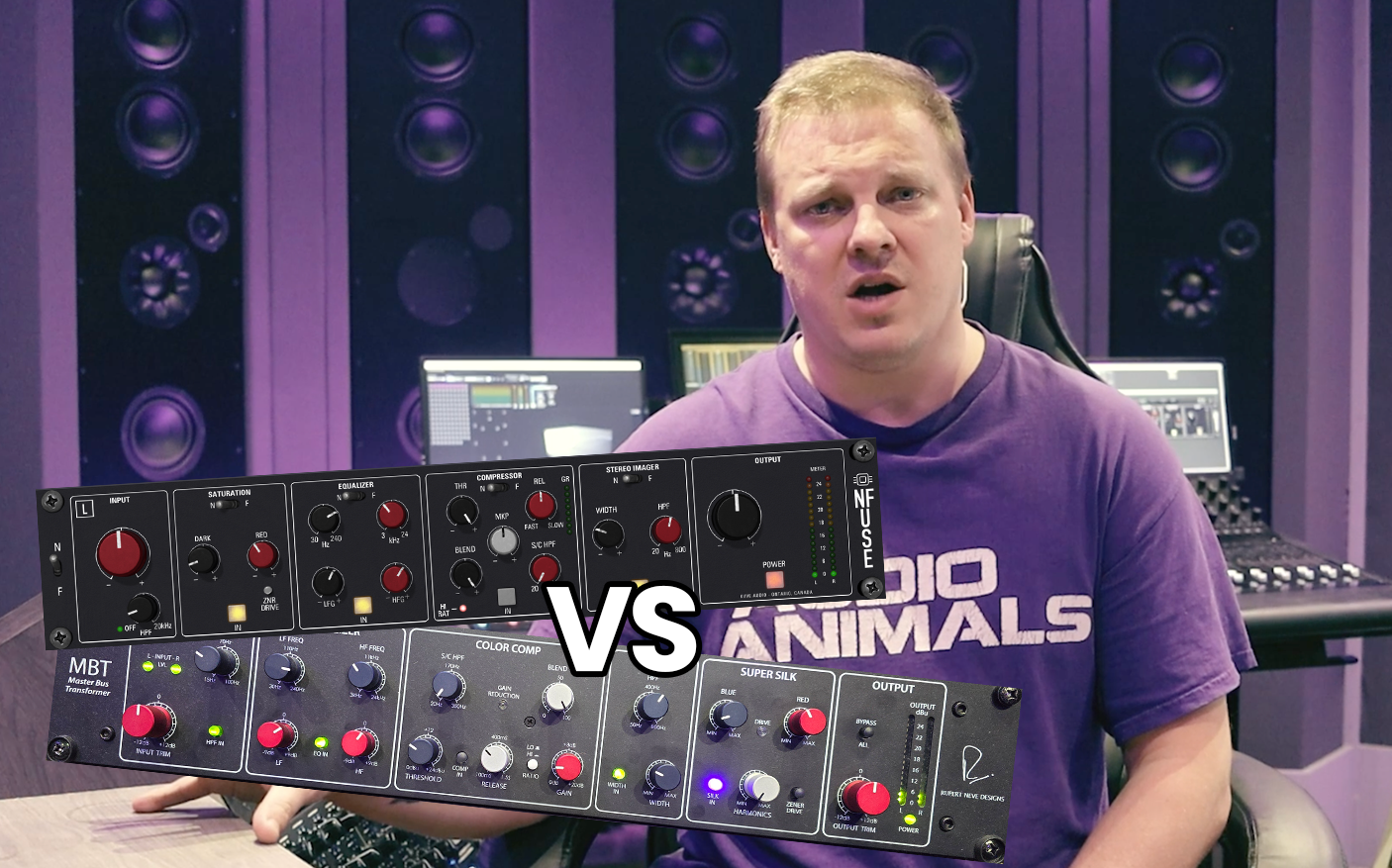The Rupert Neve MBT is one of my favourite pieces of equipment I have in my mastering studio. I have one in Studio A and another in Studio B. So when I saw that Kiive Audio had a plugin emulation available I jumped at the chance to check it out. In this article I have accessed every aspect of the Kiive Audio NFuse plugin and I have come to the conclusion that it is not a true emulation of the Rupert Neve MBT. However this isn’t a bad thing because this plugin is actually very good and functions like a MBT. It just doesn’t emulate the hardware 100%. If you think of the NFuse plugin as a plugin separate from the hardware, you have a great sounding saturator, EQ, compressor and stereo widener. Nothing wrong with the plugin, it is very usable in it’s own right. You will clearly hear exactly what I am talking about in the audio demos below.


EQUALIZER
- Original – Playback of hardware processing
- Plugin – Playback of plugin emulation
When listening to the EQ comparison between the hardware and plugin you will notice there is quite a bit of difference. That doesn’t mean the plugin is bad, it just means it doesn’t copy the exact curve that the hardware applies, which is fine. The hardware however does sound smoother and not as harsh on the ear with the high increase of gain on the high band. This is very common with all plugin emulations when comparing plugins to hardware.
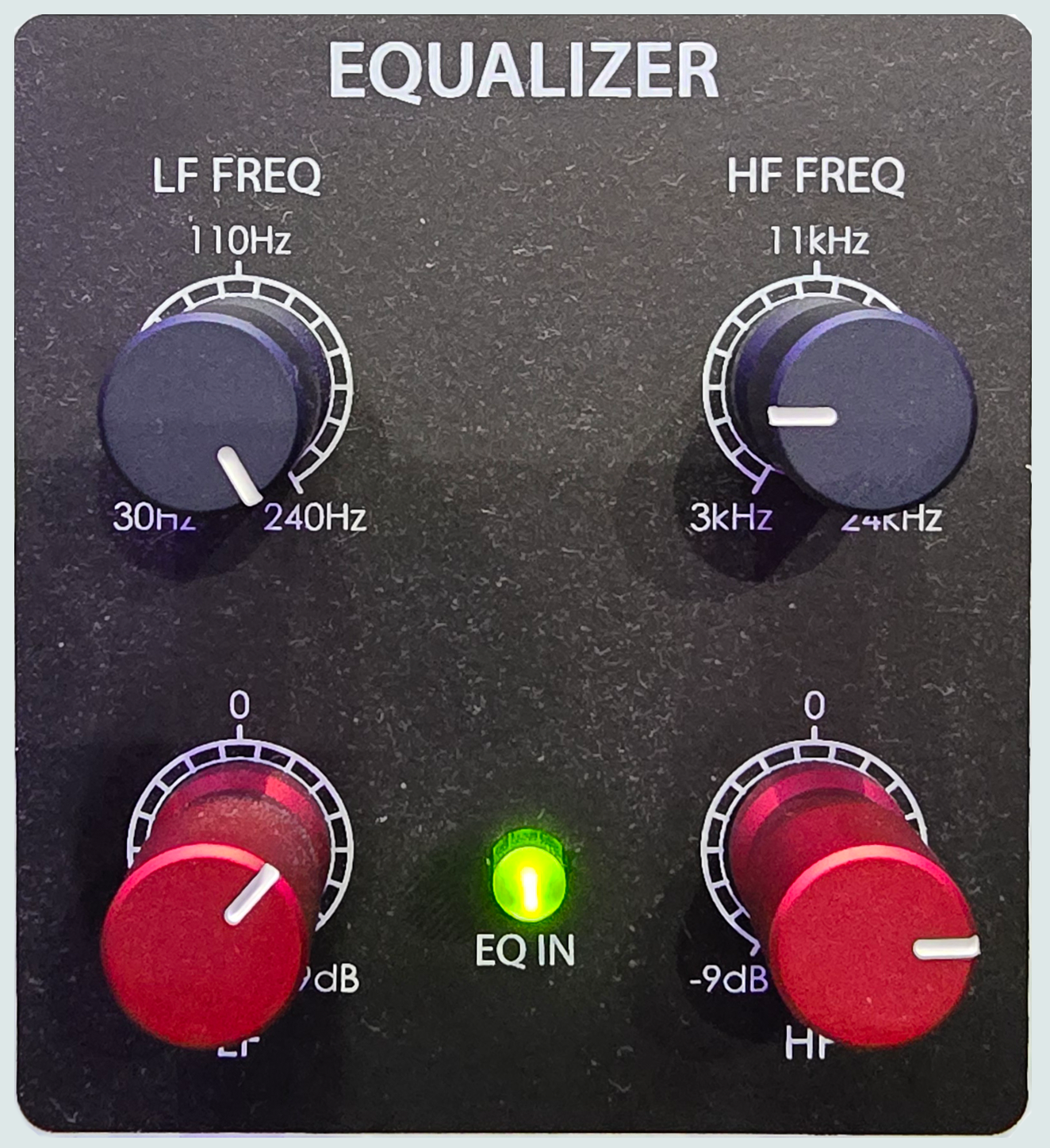
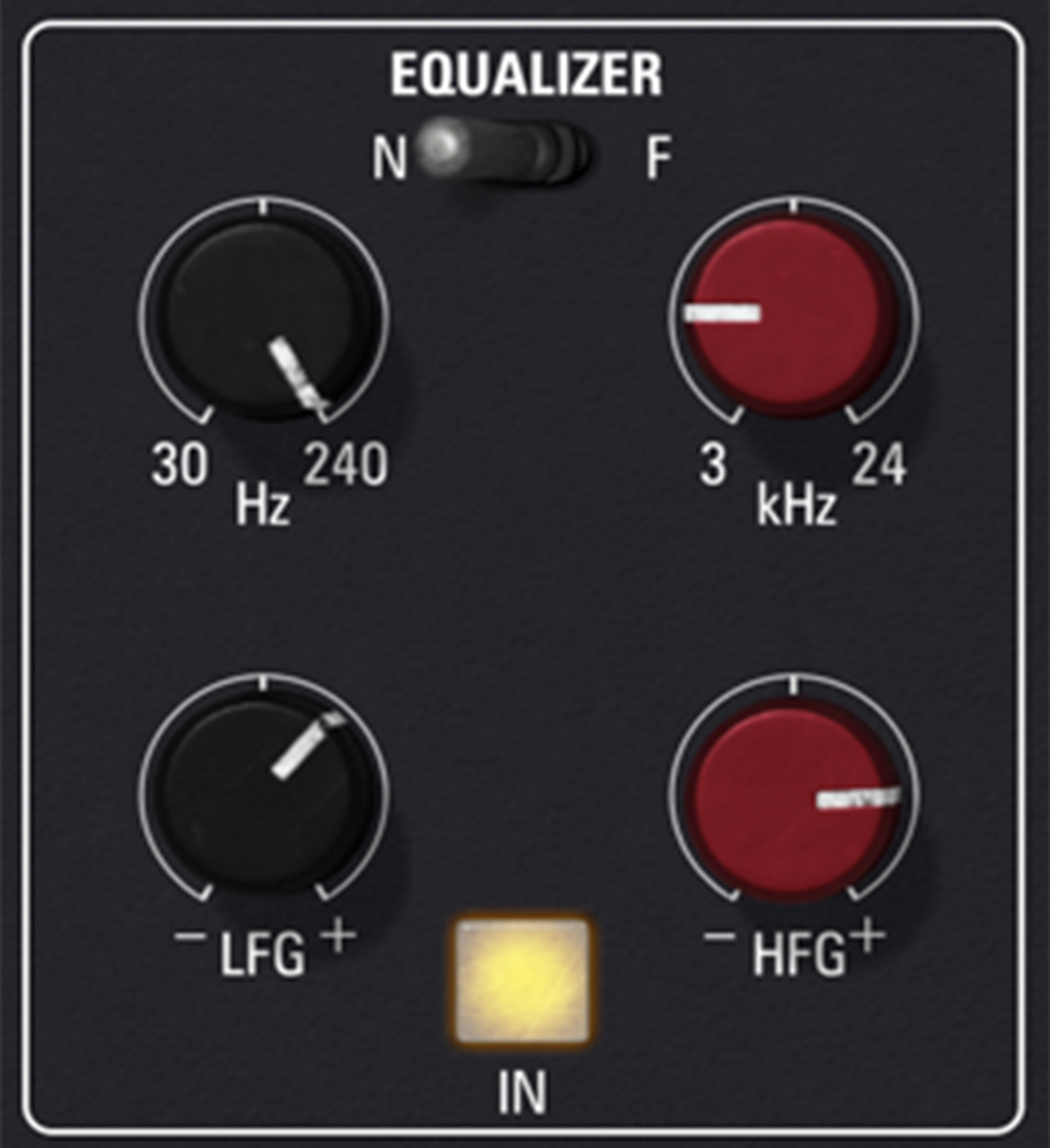
SATURATION
- Original – Playback of hardware processing
- Plugin – Playback of plugin emulation
The saturation is what really makes this plugin shine when comparing the plugin to the hardware. It is not identical but it is close. And close is good when talking about saturation. The one thing I love about the Neve MBT is the silk red and silk blue saturation. To have something that is similar in the box is really good. It is a shame you don’t have the harmonic control on the NFuse plugin but I understand why this is and that is probably to keep the layout of the Fusion and MBT controls the same.
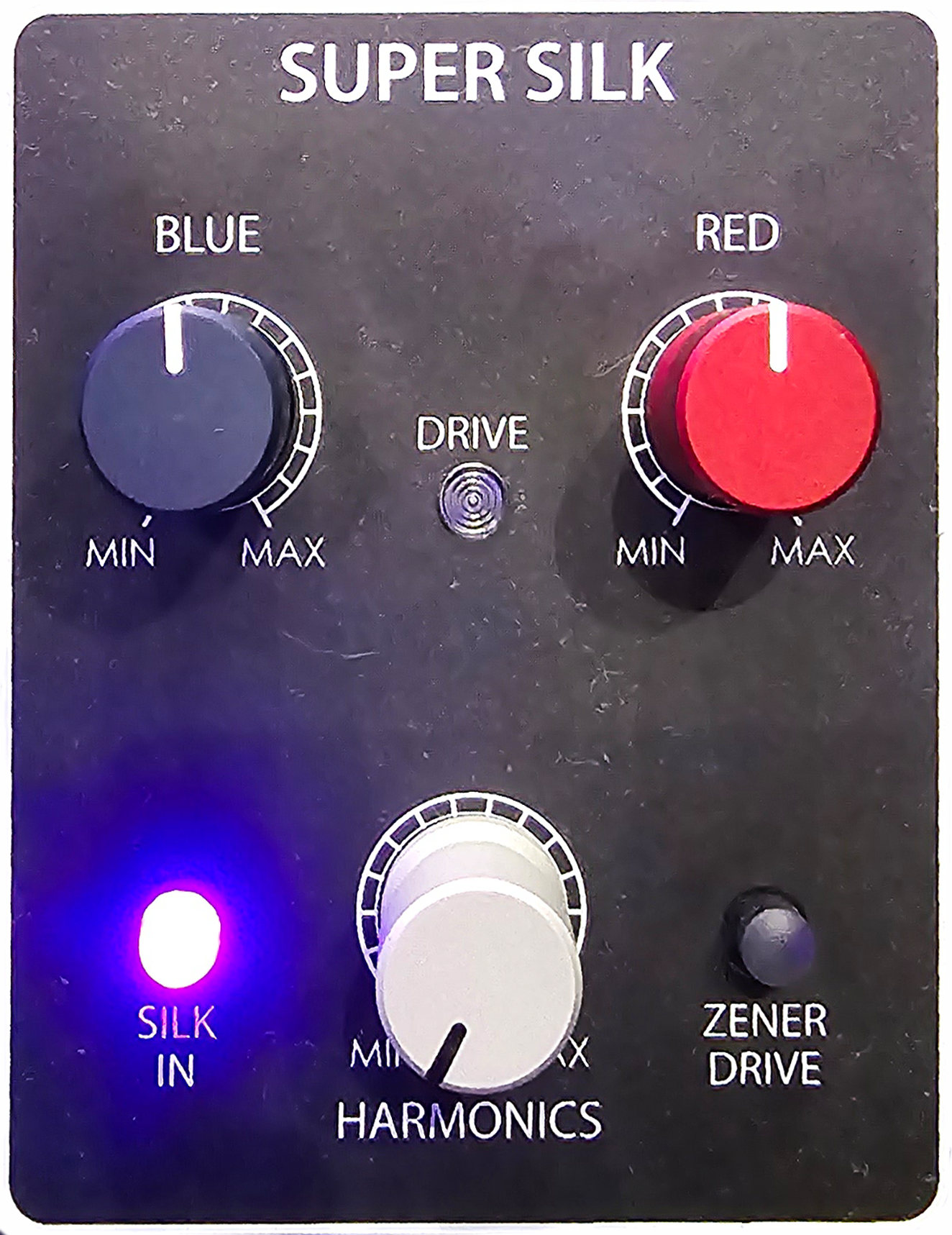
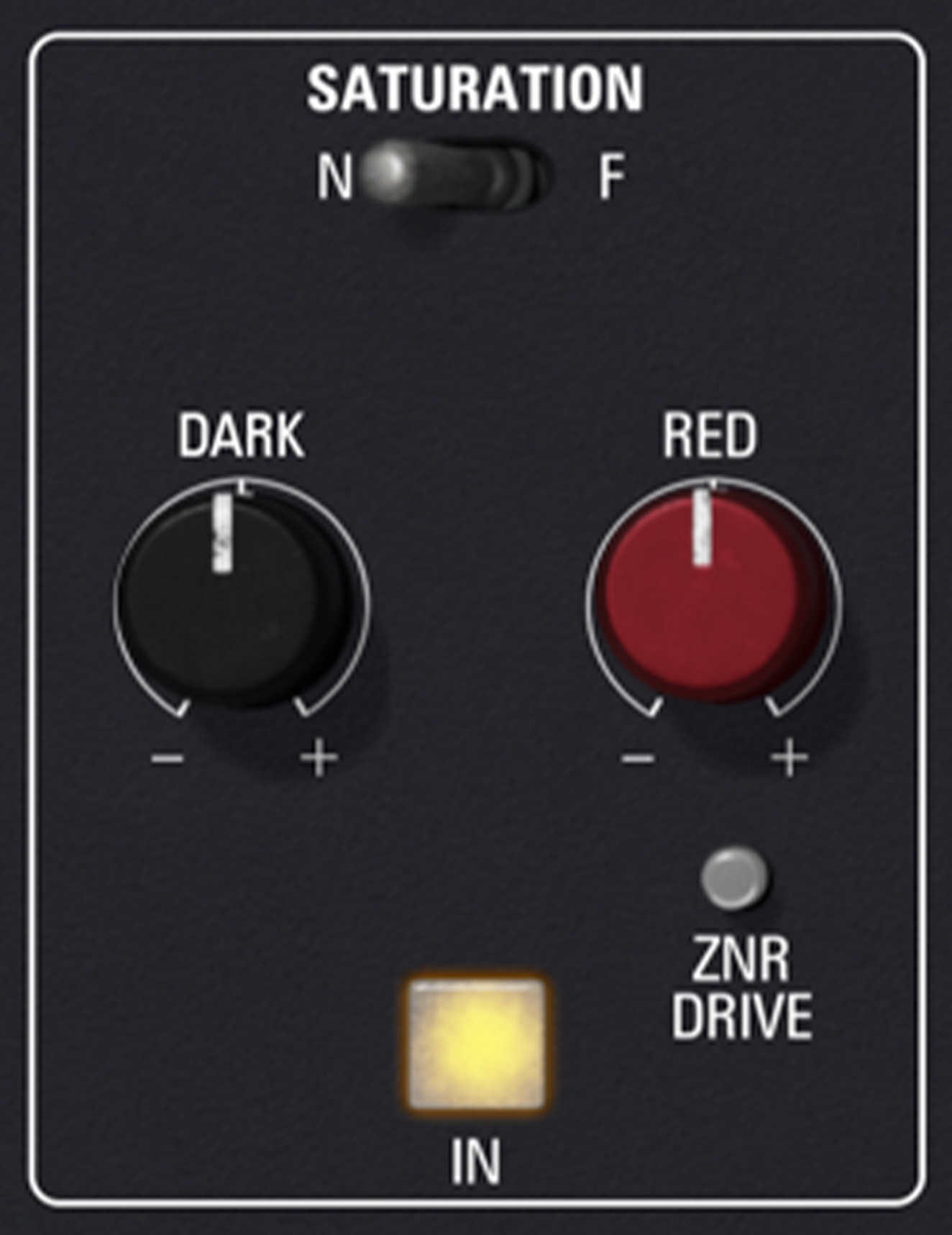
COMPRESSION
- Original – Playback of hardware processing
- Plugin – Playback of plugin emulation
The compressor is my least favourite part of the MBT hardware, so I am glad that the plugin doesn’t emulate it to perfection. The compressor on the NFuse plugin, even if it was great, it wouldn’t be something I would use myself, as I like to use a dedicated compressor plugin. But for people who are using the plugin for all it has to offer you have a great compressor built into it. In many ways it actually improves on the MBT compressor.
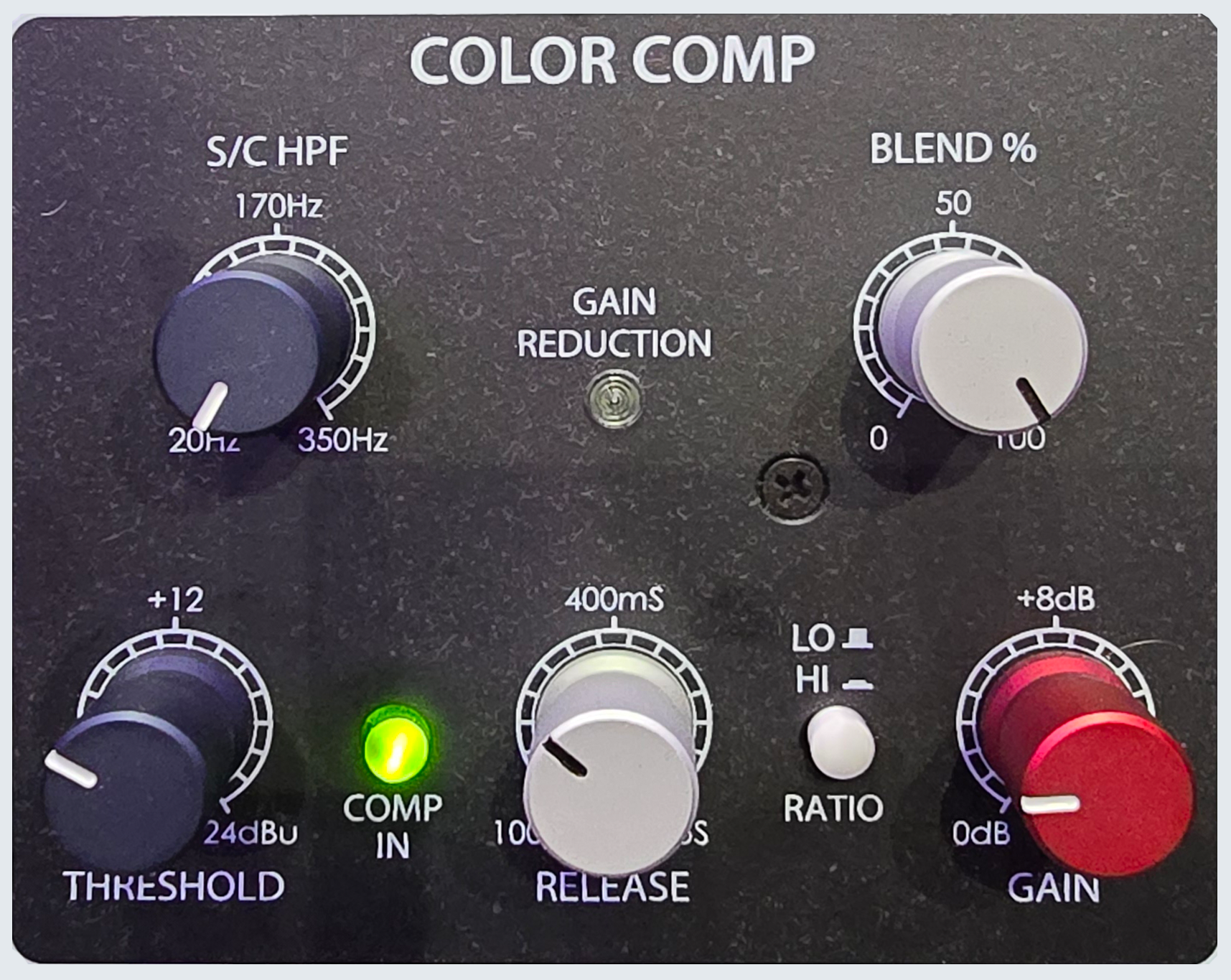
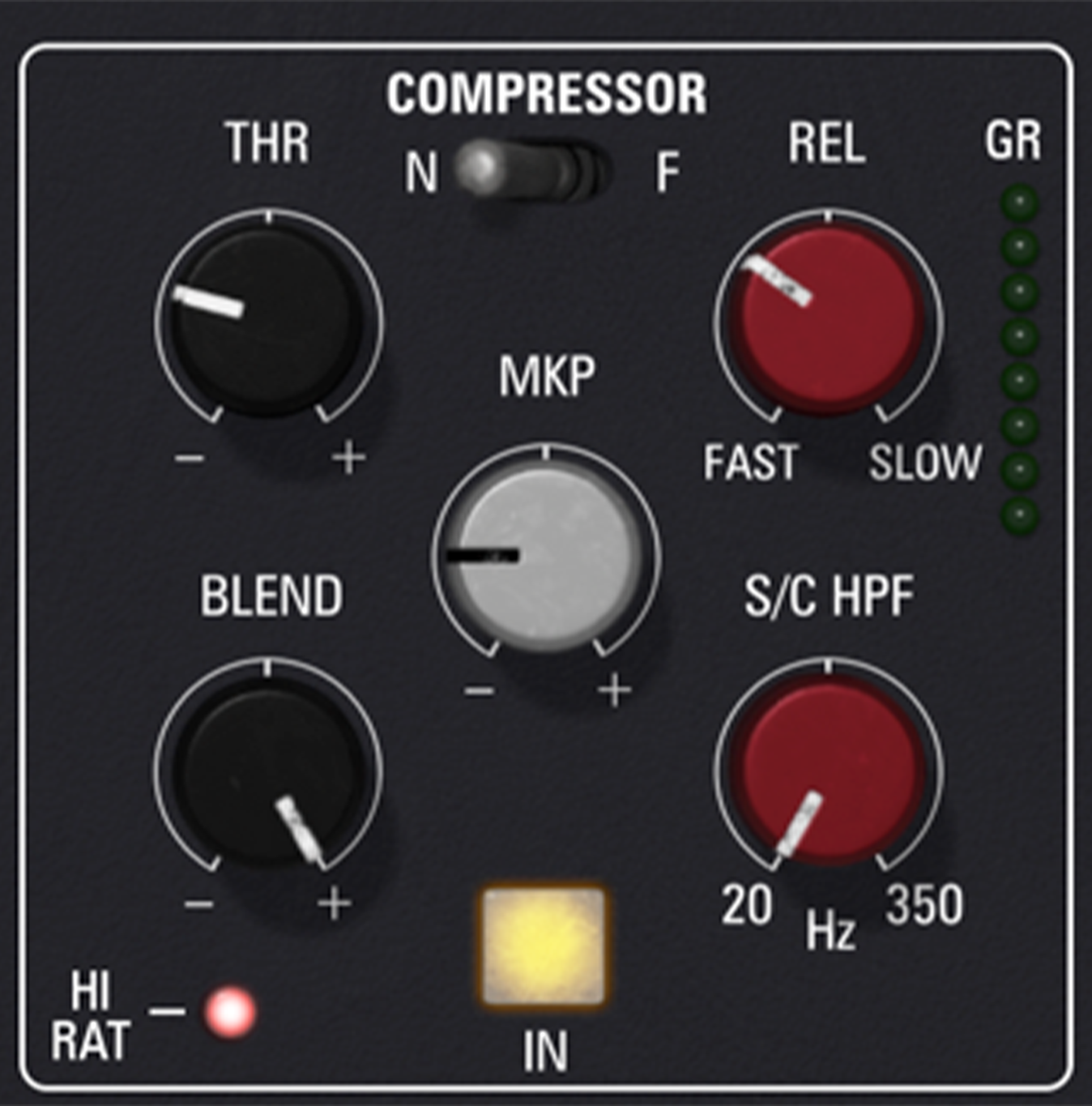
WIDTH
- Original – Playback of hardware processing
- Plugin – Playback of plugin emulation
The width on the MBT is something I use a lot. It has a unique sound that can be used very well in mastering in conjunction with other stereo widening tools. The plugin emulates what a widener is. It doesn’t necessarily emulate the MBT 100% but very few plugin ever do. It is a widener and a fairly good widener at that. I will find lots of uses for the widener on the NFuse plugin. You will notice a difference in the plugin comparison below, it isn’t huge but it also isn’t subtle.
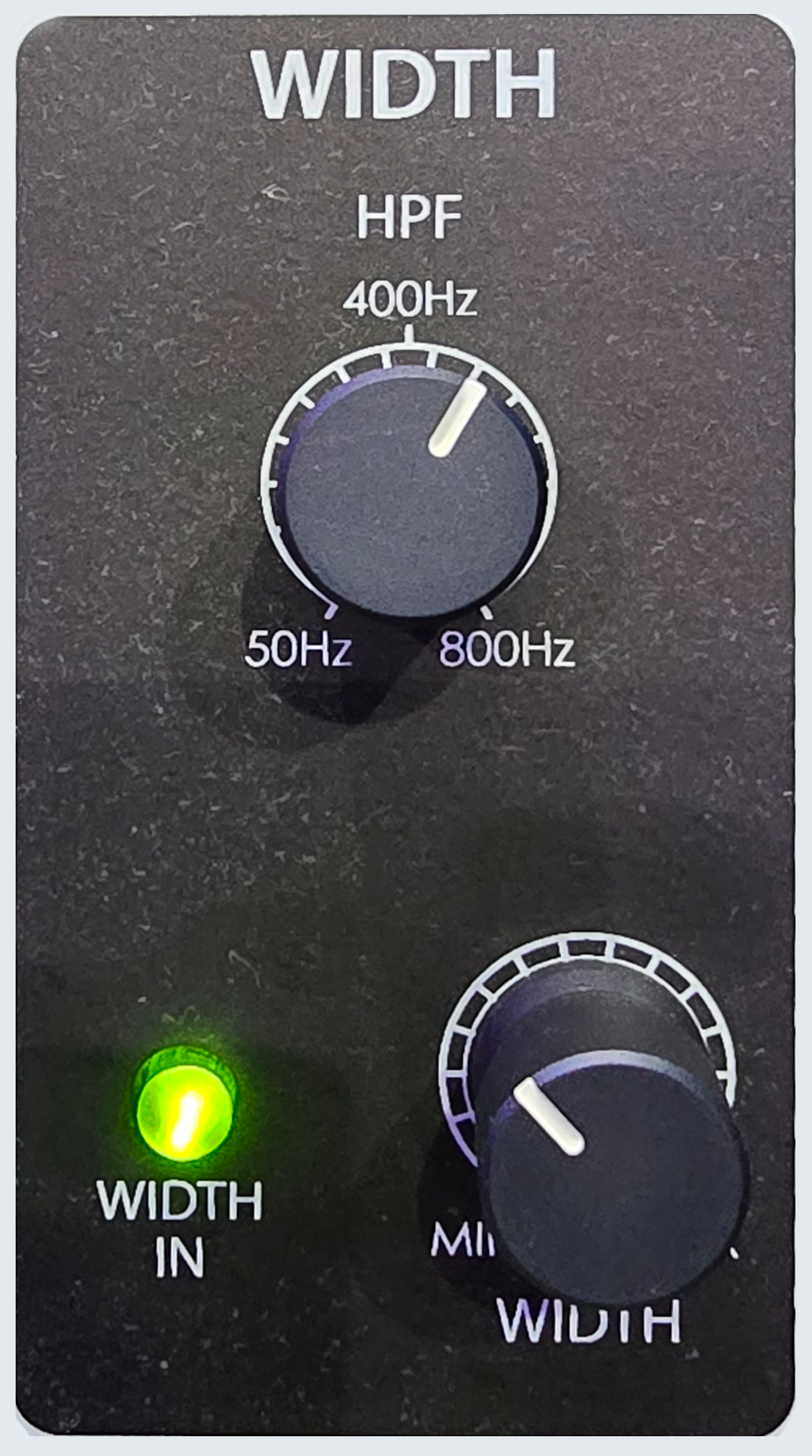
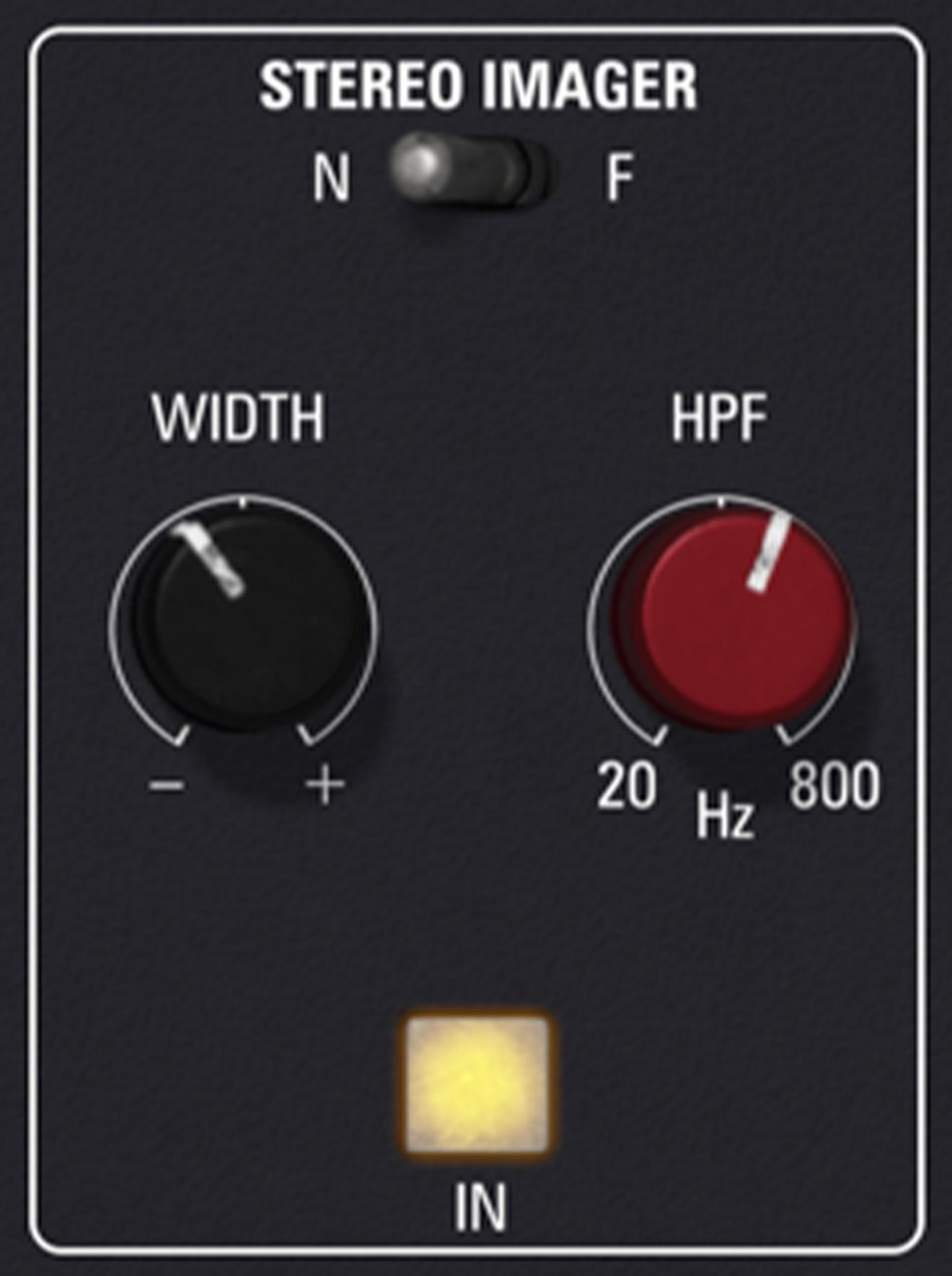
EQ / SATURATION / WIDTH
- Original – Playback of hardware processing
- Plugin – Playback of plugin emulation
Here we have a comparison of multiple aspects of the MBT and NFuse plugin. I have used the EQ, saturation and width controls only. The reason for this is that these are the controls I will actually use when working with either the plugin or hardware. As I said before I am not a fan of the MBT compressor and I rarely use it. You will notice there is a far bit of difference when comparing the plugin to hardware. But arguably the plugin could be considered better to some people.


EQ / SATURATION / WIDTH (MATCHED)
- Original – Playback of hardware processing
- Plugin – Playback of plugin emulation
In this final example using Plugin Doctor I matched the curves. You will notice in the images below I needed to adjust the EQ slightly as well as the filter curve. There is also a slight difference in the high frequency above 10k when looking at Plugin Doctor. The results got closer but still lacked a lot of what is great about analogue equipment. The added depth, clarity and stereo image just isn’t there when comparing the two. But again this is common in every plugin vs hardware comparison I do.
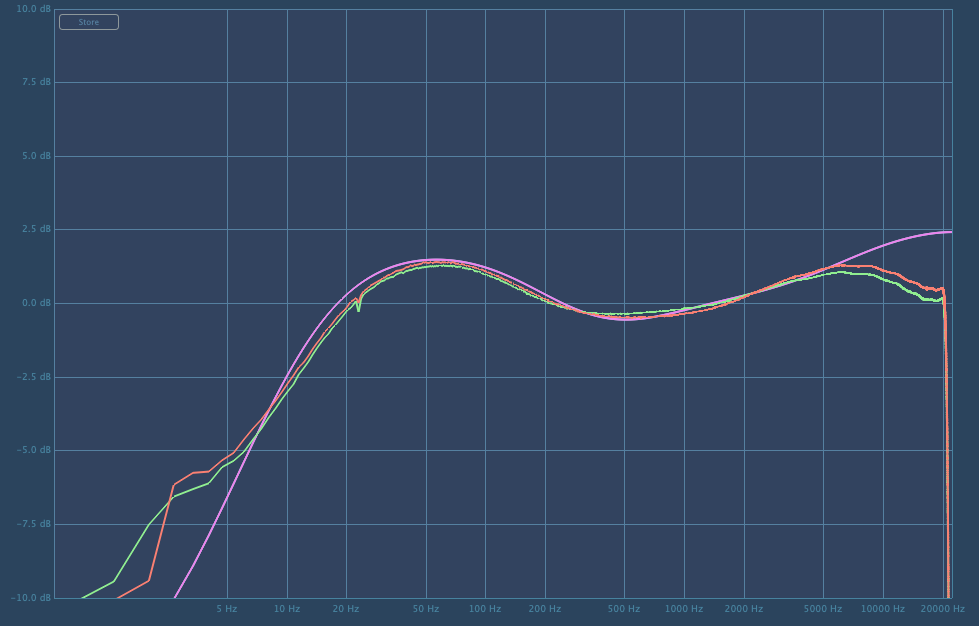


CONCLUSION
Whilst I do not think the NFuse plugin is a direct emulation of the hardware, I do feel that isn’t a bad thing. The NFuse plugin is a great plugin in it’s own right and does capture what the sound of the MBT in many cases. The saturation sounds great, this impressed me. And that is great because that is what I feel is special about the MBT. At the end of the day we are comparing a £3800 piece of analogue hardware to a digital plugin that costs £160. Of course there will be difference. It isn’t like this is a licensed plugin by Rupert Neve Designs. I don’t even think Kiive Audio claim it is a direct emulation of the MBT. That being said they look similar with a slightly different layout. I like the plugin and I would encourage anyone to try it out.

